Floods represent a significant risk to any business or home – whether you’re on the coast or in a land-locked city. The truth is that all 50 states have experienced recent floods, and the United States government estimates the average property damage due to flooding to be over $3.5 billion annually.
With an average commercial flood insurance claim totaling around $89,000 over the past five years, it’s unsurprising – yet alarming – that at least one in four businesses that close after a natural disaster never reopen.
What usually causes floods?
So, how do you protect yourself and your business from the threat of flood damage? Let’s start by looking at how floods typically get started:
- Storm surges: Characteristically in hurricane-prone areas
- Flash flooding: Caused by periods of intense rainfall
- Mudslides: Derived from heavy rain on a hill or mountainside
- Snowmelt: Occurs when the frozen ground is unable to absorb excess water
- Ice jams: Forms when an ice chunk in flowing water blocks passageways to cause overflow
- Urban development: New construction and/or ground paving that alters the topography by not allowing proper drainage
Doesn’t my current general policy cover flood damage?
Here’s the kicker: a general policy (like a business owners insurance policy) will typically not cover flood damage. This is one of the biggest misunderstandings about general policies and flood protection. If your business is located in a high-risk flood zone, you are legally required to purchase a separate flood insurance policy, provided you have a mortgage from a federally regulated or insured lender.
Most communities in the United States can obtain flood insurance coverage through the National Flood Insurance Program (NFIP), which covers all floods discussed above. To ensure fair pricing, every commercial flood insurance agent answers to this government agency. This means that while flood insurance is backed by the government, it is sold to consumers through private insurers – like Acentria Insurance!
Who should purchase flood insurance?
The NFIP uses two main standards, as well as several sub-categories, to both categorize a company’s risk for flooding and determine its premiums.
Moderate-to-low-risk buildings (Zones B, C and X): These buildings are either located outside the one percent annual chance floodplain or have less than one percent annual chance of sheet-flow flooding (where average depths are less than one foot). Buildings in these areas also might qualify if there is less than one percent chance of stream flooding (when the contributing drainage area is less than one square mile or is protected by levees).
High-risk buildings (Zones A and V): These buildings are located within a certain floodplain distance from a river, lake or stream. Zone V buildings sit within a minimum distance from the coast, exposing them to ocean-related natural disasters.
It’s important to note that although your building may be classified as low-risk, it doesn’t mean you’re safe from the dangers of flooding: the NFIP reports that low-risk communities represent 1/3 of all paid annual claims. Non-water-related events, such as new land development that changes runoff patterns, make lower-risk communities more suspensible to flood damage.
See a complete list of sub-categories and determine your own flood zone.
What does flood insurance cover?
There are two types of commercial building flood insurance coverage, and policyholders can opt to buy one or both.
Commercial Contents: Covers inventory, merchandise, machinery and any other contents inside your business up to $500,000
Commercial Building: Covers your company’s building and contents up to $500,000 each. Note: if your company does not own the building, the NFIP will cover up to 10 percent of flood-related improvements made to the space.
In addition to these two types of building flood insurance coverage, the NFIP also covers debris removal during the flood clean-up process. Businesses that take steps to protect against or prevent flood damages may be eligible for lower rates, too.
Learn more about how to protect your business against the risk of flood damages.
How much is flood insurance?
Insurers determine flood insurance premium costs based on several factors, such as:
- Your building’s age, height and occupancy
- Your company’s location within the building (first floor versus penthouse)
- The location of the lowest floor in relation to the elevation requirement on the flood map (only applicable to newer buildings)
- Your chosen deductible and amount of building and contents coverage
If you are located in a low-risk area, you are eligible for the Preferred Risk Policy, which would cover your building (as well as its contents) for a few hundred dollars a year. We advise lower-risk clients to capitalize on this cheaper rate – even if they think a flood is unlikely in their area – because the out-of-pocket premiums are minimal compared to the potential cost of flood damages.
Remember: while federal disaster assistance is available to flood victims, it is usually in the form of a loan that must be paid back with interest. For example, if you received a $50,000 federal loan at four percent interest, your monthly payment would be around $240.
Now, let’s see how your finances would look if you had purchased flood insurance coverage: a $100,000 flood insurance premium could cost your company less than $100 per month.
Ask yourself: which check would you rather write? And how much do you want to save?
OK, I’m in: How Do I Get Started?
All Acentria Insurance agents are well-versed in flood insurance coverage and can craft a customized policy to fit your business needs.
Reach out to learn how you can start – or extend – your flood insurance coverage to keep your business safe and running, no matter what happens.
























